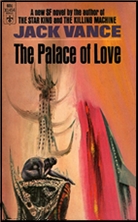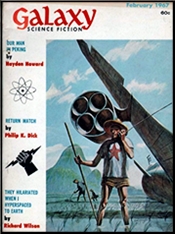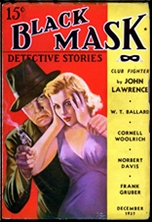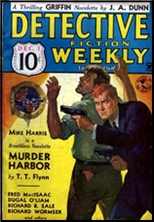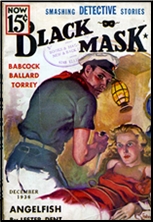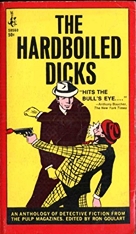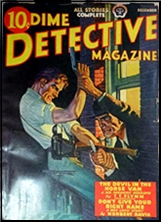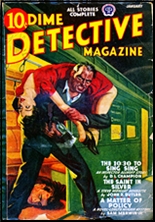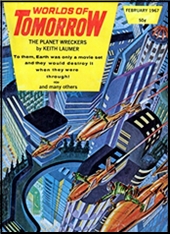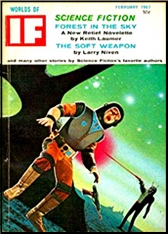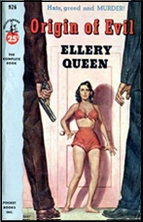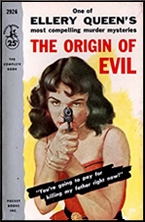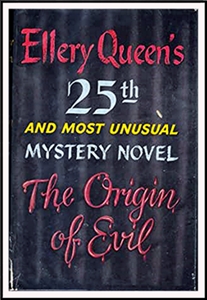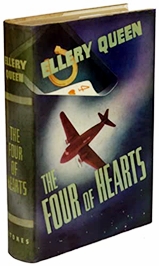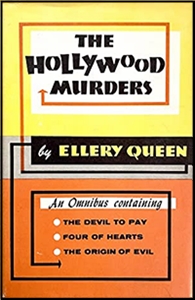Thu 23 Jun 2022
Diary Review: CARTER DICKSON – The Skeleton in the Clock.
Posted by Steve under Diary Reviews[2] Comments
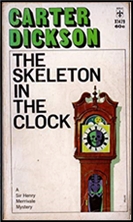
CARTER DICKSON – The Skeleton in the Clock. Sir Henry Merrivale #18. Morrow, hardcover, 1948. Dell #481, paperback, 1951. Berkley X1479, paperback, 1967. Belmont, paperback, 1973. Leisure, paperback, 1977. Bantam, paperback, 1982.
Three postcards send Sir Henry Merrivale off to Fleet House to solve a twenty year old mystery. When Martin Drake’s search for a girl met briefly during the war comes to an end, he discovers her already engaged, and his attempts to break up the marriage bring about the murderer’s wrath.
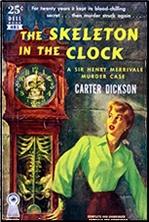
One night is spent in the condemned cell of local prison looking for ghosts, and a mutilated body is found the next morning. In addition, the final capture takes place in a house of mirrors belonging to a traveling fair, so there can be no complaints about adequate background.
However, there is a bit too many interrupted explanations (taken care of later after they are forgotten) and a bit too great a fatalistic attitude by some characters as they refuse to question unlikely business and to press unanswered questions. One obvious mistake (page 146 of the Berkley paperback) does not confuse anything, but the last 28 pages are needed to explain all.
The “locked room†is satisfactorily done, and is actually underplayed this time. As it turns out, the clock containing the skeleton might also be considered the family closet.
Rating: ***
